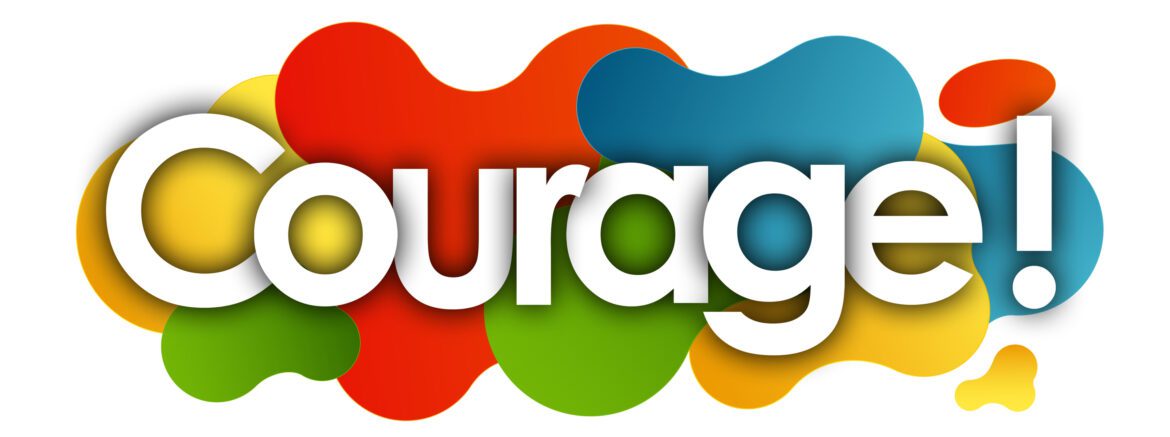
Conquering Courageous Conversations: 5 Practices to Keep in Mind.
Courageous conversations. For many leaders the thought of having difficult or tough conversations triggers fear, anxiety, and sheer panic. The problem is we’re wired to either get angry and argue, or we retreat to a passivity or distancing behavior. Neither are good solutions. And yet my experience with leaders is that leaders can increase their effectiveness individually, and with their teams, if they can start to model and coach others on how to have these conversations in a way that doesn’t send people running in fear.
And so, I want to share strategies and tactics that work well when facilitating these tough, emotionally packed conversations. Here are five things that will up your game:
- Focus on purpose and outcomes – focus on what you want to achieve individually, and collectively, with the other person. Effective leaders will directly address why they’re having the conversation and what they hope to achieve (a creative stance). This approach helps people get on a future-focused, forward trajectory vs. getting bogged down in the problems, differences, tension points, etc. (a reactive stance).
- Expand your perspective – we use a beach ball in our leadership sessions, and we ask each leader to hold the beach ball up close; and then we ask what they see – the response is typically “blue, red, green – one color.” Then we have them move the ball outward, so they can see the entire ball. What we stress is leaders need to explore other perspectives, and viewpoints. We have a tendency to see blue, red, orange – and we can’t see the bigger picture. Curiosity is a critical leadership skill to help “see other colors.” Curiosity sounds like: “I’m curious where you’re coming from…”; “I’m interested in how you came to that conclusion”; and “I am frustrated with the situation as well. Challenge me on what I’m seeing going on.”
- Suspend or avoid judgment and blame – If you want to trigger another person into a reactive, fearful, defensive state, all you have to do is start placing blame. With these conversations, it’s highly likely people will get into a defensive mode; and so, it’s important to be aware of judging and blaming. A practice to counter this tendency is to reflect on how you’ve contributed to the issue, and then take responsibility for what you own. It’s called personal accountability. When leaders take the lead in this area, others will often step forward and speak to what they are responsible for as well.
- Use the “Third Story” to set up the conversation – the Third Story is a strategy/tactic introduced in the book, Difficult Conversations by Douglas Stone, Bruce Patton, and Sheila Heen (highly recommend). The Third Story challenges leaders to step back from the situation and describe the issue as if they were a third-party, mediator type, looking at the situation objectively; and then describing the situation from that third-party perspective. What we’ve found is this approach helps people tee-up the issue with less emotion. See chapter 8 in Difficult Conversations.
- Be conscious, and I mean very conscious, about what’s going on with you – with our clients we talk a lot about conscious leadership, self-awareness, and recognizing the impact that your inner game has on your outer game. My last point is, be aware of what’s going on in you. Be aware of whether you’re feeling threatened, frustrated, fearful, tense? Be aware of emotions such as frustration, fear, anxieties, anger, etc. When you’re not in present mode and self-aware, you will not be successful in applying the ideas presented in #1-4.
